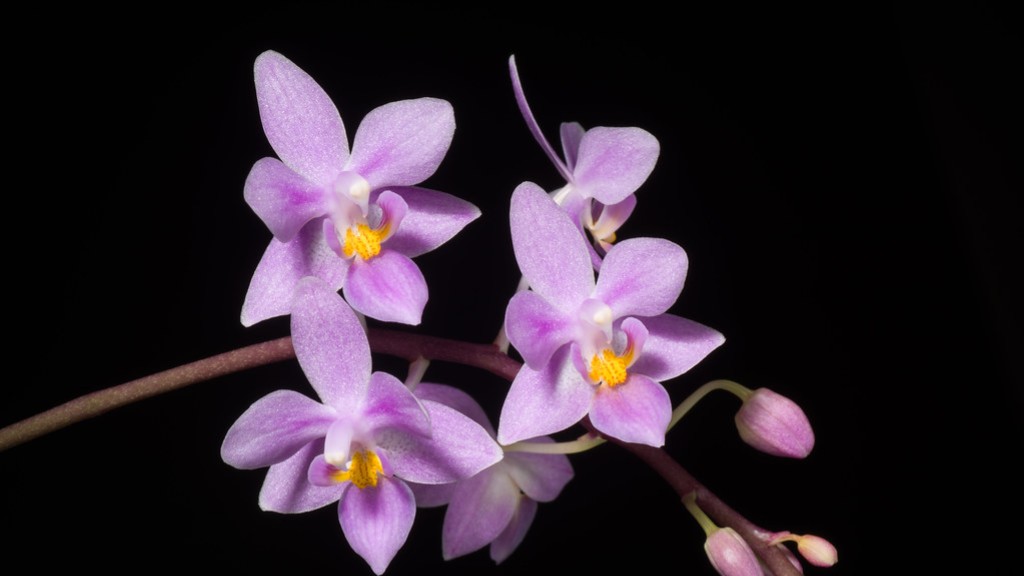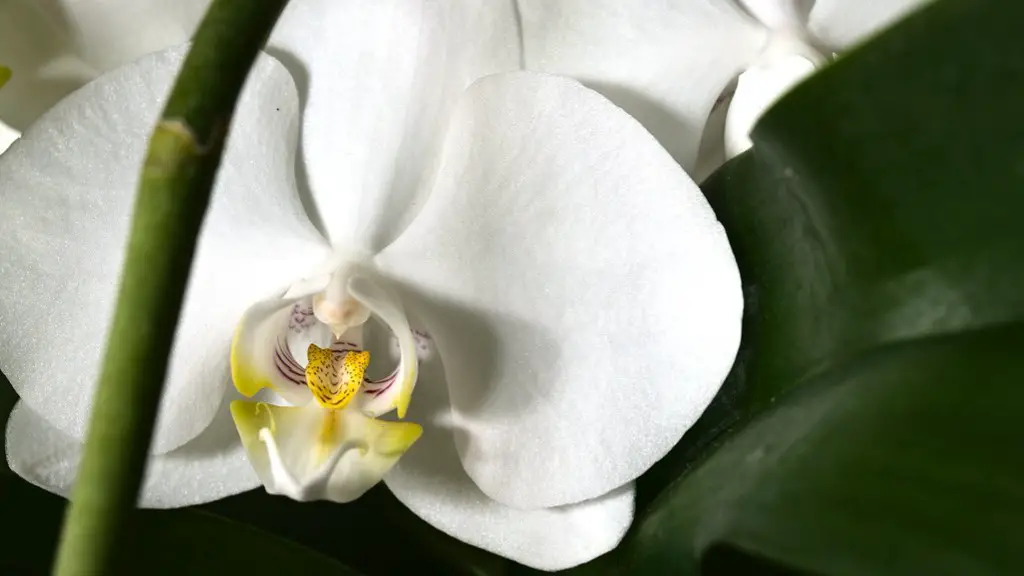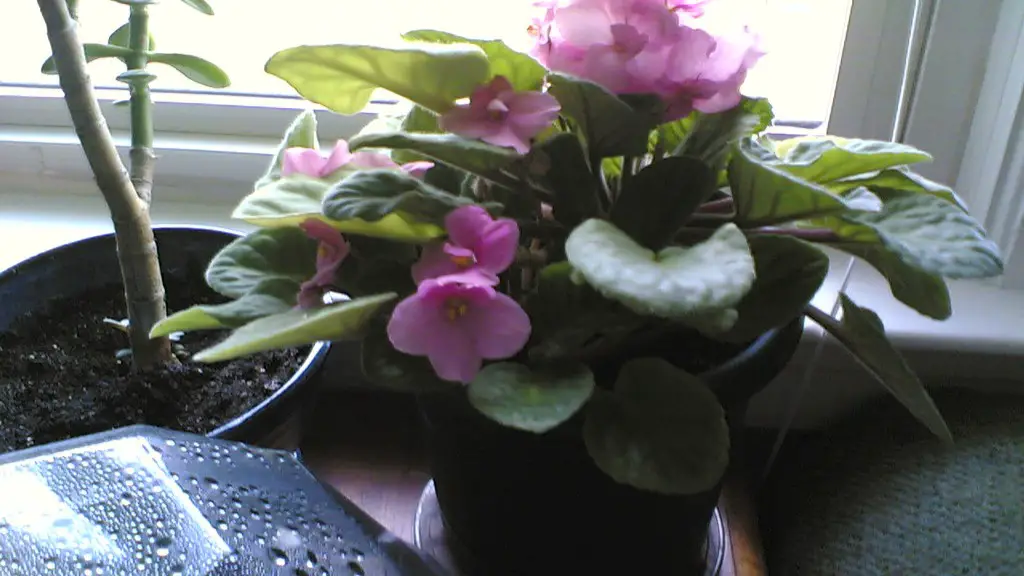The most common reason an orchid dies is because it was not given enough water. If you think your orchid may be dead, check to see if the leaves are wilted and the stem is soft. If the answer is yes, then it is likely your orchid has died.
There is no way to know for sure without taking a closer look at the plant. If the leaves are wilted and the stem is soft, then it is likely that the plant is dead.
How do you revive a dying Phalaenopsis orchid?
You can revive an orchid plant by repotting it in some fresh growing medium. First, cut back any dead leaves and roots. Then, gently remove the plant from its current pot. Next, add fresh growing medium to the new pot and replant the orchid. Finally, water the plant and place it in a bright, warm location.
If you see any of the above signs in your plant, it is likely that it is dying. To help prevent your plant from dying, make sure to water it regularly and give it plenty of sunlight. If you notice any of the above signs, it is important to act quickly to save your plant.
Is my orchid dead if it has no leaves
If your evergreen orchid loses all of its leaves and turns from a healthy green to a dried-out yellow, it’s dead.
An orchid with no leaves is usually doomed, but if it has leaves but no roots, there’s a chance you can revive it. It will take time, however, as orchids can be slow to bounce back. Rooting hormones may help, but in many cases, you’ll just have to be patient and practice a wait-and-see approach.
Is my orchid dead or dormant?
If the crown of your orchid is brown and mushy, it is likely dead. However, if the roots are green or white and plump or firm to the touch, the orchid is healthy and resting.
If you notice that your orchid’s leaves are starting to look small, or that the bloom stems are getting thinner and have fewer flowers, then it’s time to start paying closer attention to your plant’s watering schedule. Consistent watering, plus a light fertilizer, should help to revive your orchid.
When should I give up on my orchid?
If you find that your orchid has bad roots, you should cut them off with a sterilized cutting tool and then repot the plant. On the other hand, if the part of the orchid that connects the leaves and the roots is mushy, it is time to toss the plant.
If you notice that your orchid’s leaves are brown or mushy, it’s a sign that the plant is suffering from root rot. Healthy roots will be plump and green, so if you see that your orchid’s roots are in bad shape, it’s time to take action. Move the plant to a place where it will receive plenty of bright, indirect sunlight and make sure to water it regularly. With a little TLC, your orchid should soon be back to good health.
How do you tell if an orchid is beyond saving
If you see brown and mushy roots or a brown and mushy crown on your orchid, this is a sign that your plant has suffered root rot and is beyond saving.
Since your orchid will eventually need to form a new leaf from the stem, if the stem is bad, there’s no hope It will never survive in the long run. Therefore, it’s important to always keep an eye on the stem and make sure that it’s healthy. If you see any problems, make sure to address them immediately.
How long can orchids be dormant?
If you want to help your orchid rebloom after it goes dormant, fertilize it every other week. This will help rebuild its nutrient stores and give it the energy it needs to bloom again.
An orchid needs water once a week during the winter, and twice a week when the weather turns warm and dry. An orchid shouldn’t go longer than two to three weeks without water; it will start dying.
How do I bring my indoor orchid back to life
If you have an orchid that has lost all its leaves and most of its roots, don’t despair! With a little patience and care, you can bring it back to life. Here’s what you need to do:
First, take your orchid out of the pot or planter it’s in, and give it a good rinse in fresh water. Then, trim away any dead roots. Rinse the orchid again, and repot it in fresh potting mix.
Finally, give your orchid some time to recover. Water it regularly, and be patient while it grows new leaves and roots. Soon enough, your orchid will be healthy and blooming again!
Orchids are beautiful, flowering plants that come in many different shapes, sizes, and colors. Though they’re often thought of as delicate plants, they’re actually quite hardy and can be propagated fairly easily from stem cuttings or by division of the rhizomes. Expect a new flower spike to grow back after cutting it down when its blooms die.
Do orchids rebloom on old stems?
To get your Phalaenopsis orchid to re-bloom, you’ll need to give it a little extra care. Make sure to keep the potting mix moist and provide bright, indirect light. You may also need to give it a little extra fertilizer. Once the plant blooms, it will need to be repotted.
It’s important to let your orchid rest during its dormant time in order to promote blooming. During this time, the orchid’s stem may shrivel and turn gray or brown, and its leaves may lose their bright green gloss and turn dull. However, this is all part of the process and necessary for the orchid to bloom again.
What does an orchid look like when it needs to be repotted
Orchids are a type of plant that prefer to have a small pot. This is because they weave their roots through the compost as they grow. However, eventually they will run out of room and their roots will push the plant up above the rim of the pot or reach out into the air. This is a sign that it is time to re-pot the plant.
If you notice that your plant’s roots are black and squishy, it is a sign of root rot. Root rot is caused by bacteria that infect the roots and make them rot. Once the roots have been infected, they cannot be saved and should be removed from the plant.
Final Words
Your orchid may be dying if the leaves are wilting, the stem is softening, or the roots are rotting. to save your orchid, try repotting it in fresh potting mix and giving it more light and water.
If the leaves of your orchid are wilted and yellow, and the stem is soft, then your orchid is probably dead.





